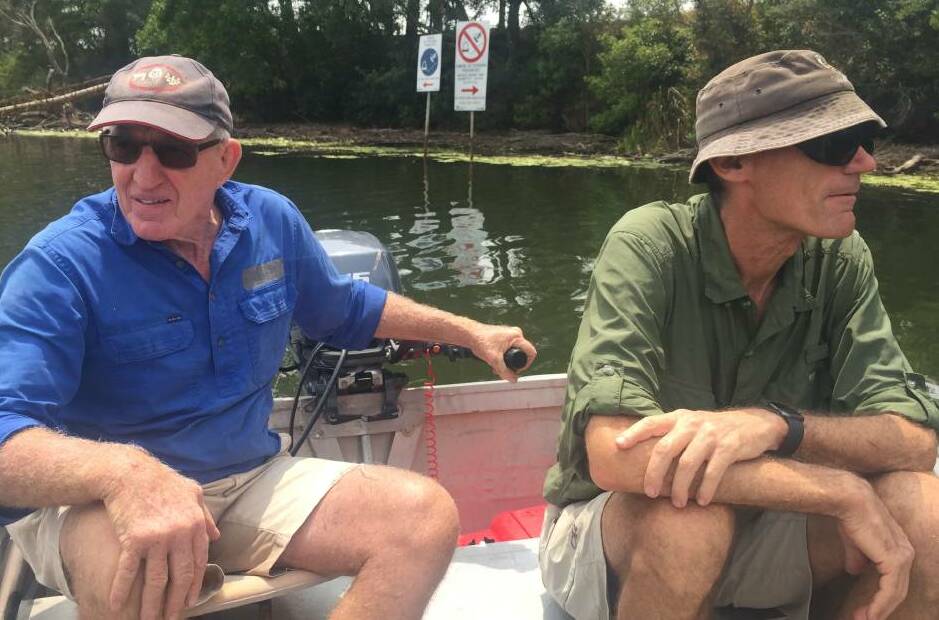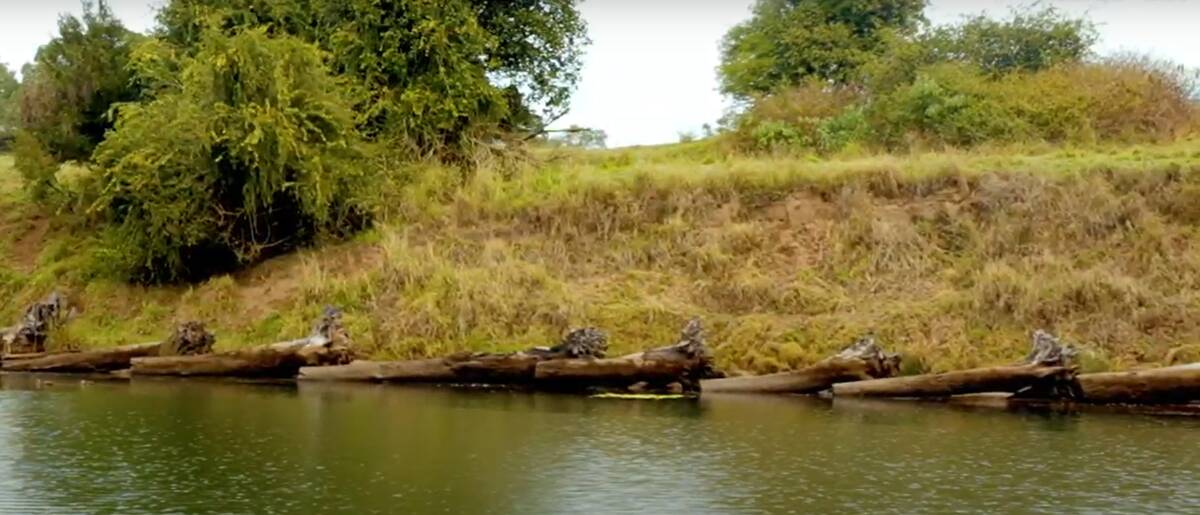
A group representing Williams River landowners believes the only long-term solution to restoring the health of the waterway is to prohibit high-powered boats.
Williams River Care Association president Digby Rayward said he was sceptical that a revised erosion control plan for the river, which allows continued boating, would succeed.
It sounds blunt, but he says it's a view formed by more than 25 years of data that shows wave energy from power boats was responsible for unsustainable bank erosion. The nutrient spikes caused by erosion, in turn, caused algal blooms.
"We will back whatever proposal there is providing it is evidence-based. The quality of the water in the catchment has deteriorated in the last 20-plus years," Mr Rayward said.

Under a revised $9 million plan, which went on public exhibition on Tuesday, new rock revetment and log walls alongside riverbank revegetation and livestock fencing would act as the main defence against waves from power boats.
Mr Rayward agreed that bank stabilisation was essential to improving water quality, however, it would ultimately be undone by the proposals to continue power boat access.
"It (the revised strategy) is a political decision that will not protect the water quality. We are still looking for a single agency with some environmental science to oversee the waterway," he said.
The Williams River is a critical part of the region's water supply and is the primary water source for Grahamstown Dam. While the dam's management and water treatment processes continue to ensure the supply of safe drinking water, Hunter Water said it was also essential to address erosion issues in the weir pool.

"This proposal will improve water quality and delivers positive environmental outcomes, while also sustaining social and economic aspects of the Williams River, such as boating activities, that are valued by the community," Hunter Water managing director Darren Cleary said on Monday.
The river and weir pool is presently managed by an interagency committee chaired by Transport for NSW. It includes representatives from which includes representatives from Dungog Shire and Port Stephens Councils, Transport for NSW, Hunter Local Land Services and Hunter Water, prior to the plan being finalised and then implemented by Hunter Water.
Mr Rayward said this structure was detrimental to the river's management and called for the reintroduction of an independent authority such as the Healthy Rivers Commission.
"Transport for NSW only has one objective and that is to allow wakeboarding on the weir pool," Mr Rayward said.
"They are worried that if they lose the boating here they will lose it on the Murray or some other river."
The draft plan is on public exhibition until Tuesday 22 November, with community drop in sessions at Clarence Town and Seaham on 2 and 12 November, respectively.
Hunter Water will be engaging directly with landowners along the Weir Pool.
WHAT DO YOU THINK? We've made it a whole lot easier for you to have your say. Our new comment platform requires only one log-in to access articles and to join the discussion on the Newcastle Herald website. Find out how to register so you can enjoy civil, friendly and engaging discussions. Sign up for a subscription here.







